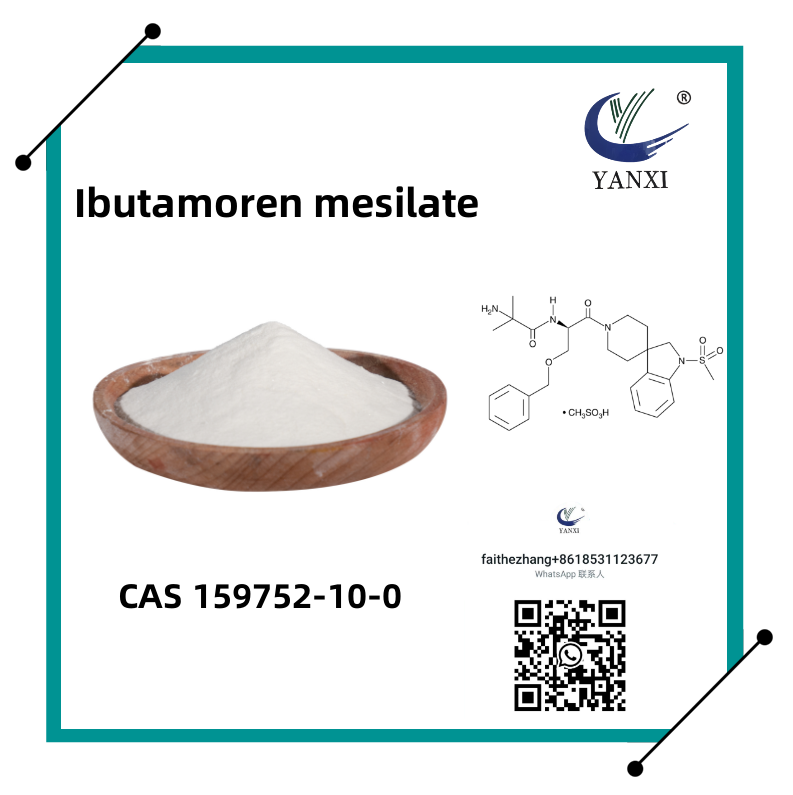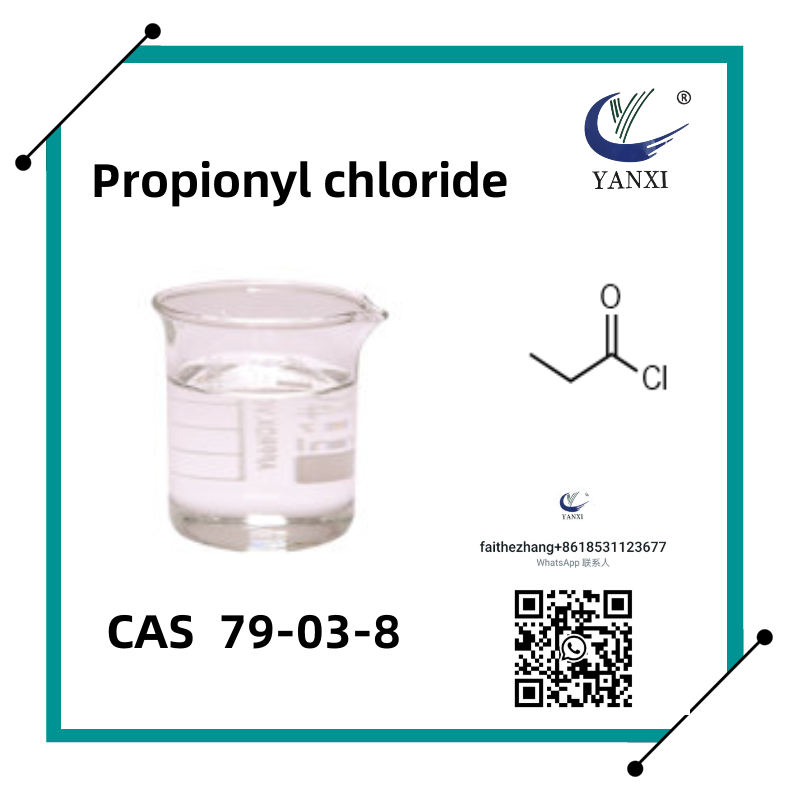Organic Intermediate
-
Cas 94-24-6 Tetracaine Amethocaine In Biochemical Research
Tetracaine is a potent local anesthetic of the ester group. It is mainly used topically in ophthalmology and as an antipruritic, and it has been used in spinal anesthesia. In biomedical research, tetracaine is used to alter the function of calcium release channels (ryanodine receptors) that control the release of calcium from intracellular stores. Tetracaine is an allosteric blocker of channel function. At low concentrations, tetracaine causes an initial inhibition of spontaneous calcium release events, while at high concentrations, tetracaine blocks release completely.
Email Details -
Cas 94-09-7 Benzocaine/p-aminobenzoic Acid Ethyl Ester
Benzocaine is an important organic synthesis intermediate. Mainly used in the production of medicine, plastics and coatings. Benzocaine is the precursor materials of ousso imitation, orthocaine, procaine. At the same time, it
Email Details
is used as a local anesthetic in medicine, and has analgesic, antipruritic effect. -
Cas 137-58-6 Lidocaine Xylocaine Used For Anesthesia
Lidocaine acts as a local anesthetic by reversibly blocking sodium channels and blocking the transmission of action potentials along nerve fibers. Sensory fibers are blocked earlier than motor fibers, so low doses of lidocaine can act as a selective sensory block. Lidocaine also has antiarrhythmic effects, belonging to class I and b antiarrhythmic drugs.
Email Details -
Cas 136-47-0 Tetracaine Hydrochloride/Pantocaine
Tetracaine hydrochloride is a highly effective local anesthetic that can reversibly block nerve function. Tetracaine hcl used as a local anesthetic. Tetracaine hydrochloride can be used for topical anesthesia, and 0.05%-0.1% tetra caine hydrochloride can provide long-term and good effect of surface anesthesia. Meanwhile, tet racaine hydrochloride is still widely used in ophthalmic surface anesthesia, which has a long time for surface anesthesia and sensory resistance.
Email Details -
4-Acetamidophenol Paracetamol CAS 103-90-2
Paracetamol is the most commonly used non-anti-inflammatory antipyretic analgesics, antipyretic effect similar analgesic effect is weak, no anti-inflammatory anti-rheumatic effects, acetanilide drugs is the best varieties. For cold, toothache embolism. Acetaminophen is also an intermediate for organic synthesis, hydrogen peroxide stabilizer, and photographic chemicals.
Email Details -
MK677(Ibutamoren Mesylate)CAS 159752-10-0
MK677(Ibutamoren Mesylate)CAS 159752-10-0 is a non-peptidic, potent, long-acting, orally-active, and selective agonist of the ghrelin receptor and a growth hormone secretagogue, mimicking the growth hormone (GH)-stimulating action of the endogenous hormone ghrelin.
Email Details
MK677 has been demonstrated to increase the release of, and produces sustained increases in plasma levels of several hormones including GH and insulin-like growth factor 1 (IGF-1), but without affecting cortisol levels.
It is currently under development as a potential treatment for reduced levels of these hormones, such as in children or elderly adults with growth hormone deficiency. -
Clear Liquid Acetyl Chloride CAS 75-36-5
Acetyl Chloride CAS 75-36-5 is a very useful intermediate for synthesis. Acetyl Chloride CAS 75-36-5 is a derivative of a weak acetic acid and is used as a reagent in many industrial processes.
Email Details
Acetyl Chloride CAS 75-36-5 is a chemical used for acetylation in the synthesis or derivatization of organic compounds. -
Propionylating Reagent Propionyl Chloride CAS 79-03-8
Propionyl chloride is an acyl chloride of propionic acid, and can react in the same way that acyl chloride does.
Email Details
Propionyl chloride is a colorless, corrosive and volatile liquid.
Propionyl chloride is colorless liquid with pungent odor. Soluble in ethanol. -
Organic Solvent Tetrahydrofuran CAS 109-99-9
Tetrahydrofuran CAS 109-99-9, abbreviated THF, is a heterocyclic organic compound. Belongs to the ether class, is the aromatic compound furan complete hydrogenation product. Tetrahydrofuran is a colorless volatile liquid.Soluble in water, ethanol, ethyl ether, acetone, benzene and other most organic solvents, known as "universal solvent".
Email Details













